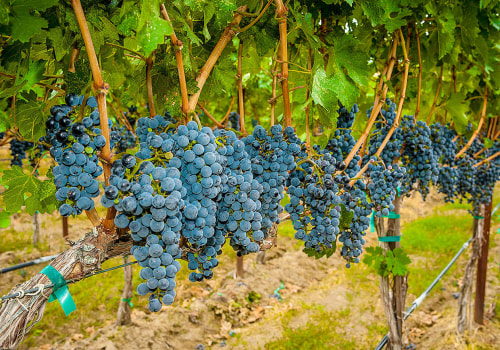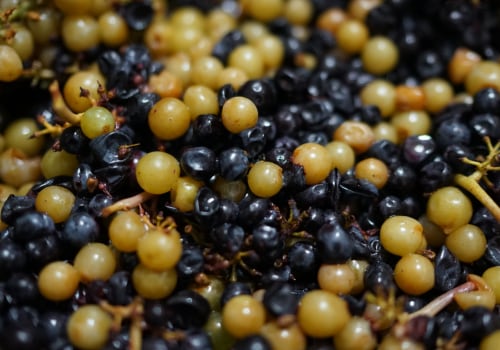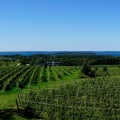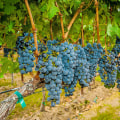Louisiana's climate is hot and humid, making it difficult to grow grapes for wine production. The slow transition from summer to autumn gives grapes the chance to ripen, but the downside is that natural acidity is lost in the grapes. Generally, warm climates produce grapes with more ripe fruit flavors and less acidity. For healthy vine growth and premium grape production, adequate sun, heat, and water during the growing season, and sufficient cold during the dormant phase are essential.
Grapevines thrive in climates with long, warm summers and rainy winters. The warm climate during the growing period allows the vine to blossom, bear fruit and mature. On average, vines need around 1390 to +2220 days of growth (temperatures above 10 °C (50 °F)) depending on the region of cultivation and the variety of vine. In some areas and climates, there is more than enough rainfall for the vines to survive, while in other regions it is necessary to irrigate the vines.
The amount of water needed by the vines depends on several factors such as climate, heat, soil, wine variety, etc. In addition to the climatic factors already mentioned, wind, humidity, atmospheric pressure and sunlight also influence grape growth. If grown in a region that is too cold or if the harvest is too cold, sugar levels will drop resulting in immature flavors and unbalanced wines. It is important to control the climate in the vineyard not only to be able to adapt to long-term climate changes but also to be able to act in the face of daily erratic weather events.
Winegrowers have a great influence on producing desired flavors and aromas of grape wines by adjusting the microclimate of the vineyard canopy through appropriate vineyard management practices. Warm comparisons can be made within a given region due to climatic variability of the harvest where quite large differences can be observed in styles and quality of wines from year to year. In viticulture and wine production, climate is arguably the most critical aspect in fruit ripening to achieve optimal characteristics for producing a given wine style. However, effects of ENSO on climate variability of wine-growing regions vary greatly in magnitude and have opposite effects depending on location of wine region, and are often accompanied by other more influential regional mechanisms.
This is evident in fact that most recognized and established vineyards in world are located in regions with most equitable everyday climates. Due to geography of old world European wine regions and use of Köppen system, wine production has become synonymous with Mediterranean climates. In its ideal climates, a given variety can achieve optimal sugar and acid ripening profiles which can be naturally synchronized with development of flavor components to maximize a given wine style and harvest quality. The wind is another meteorological element that must be controlled in real time in vineyard as it helps winegrowers decide if they are going to spray at expected time or not due to speed and direction of wind.
Climate not only determines type of grape varieties that will mature successfully in a given region but it also indicates style of wine. Therefore climate changes which influence both variability and average conditions have potential to cause changes in wine production and styles. However if average temperatures continue to rise wine styles may not only move to more mature wine style but Chardonnay and Pinot Noir may no longer be ideal grape varieties to plant. In general general wine style produced by region is result of reference climate while climate variability determines differences in yield and quality of harvests.










